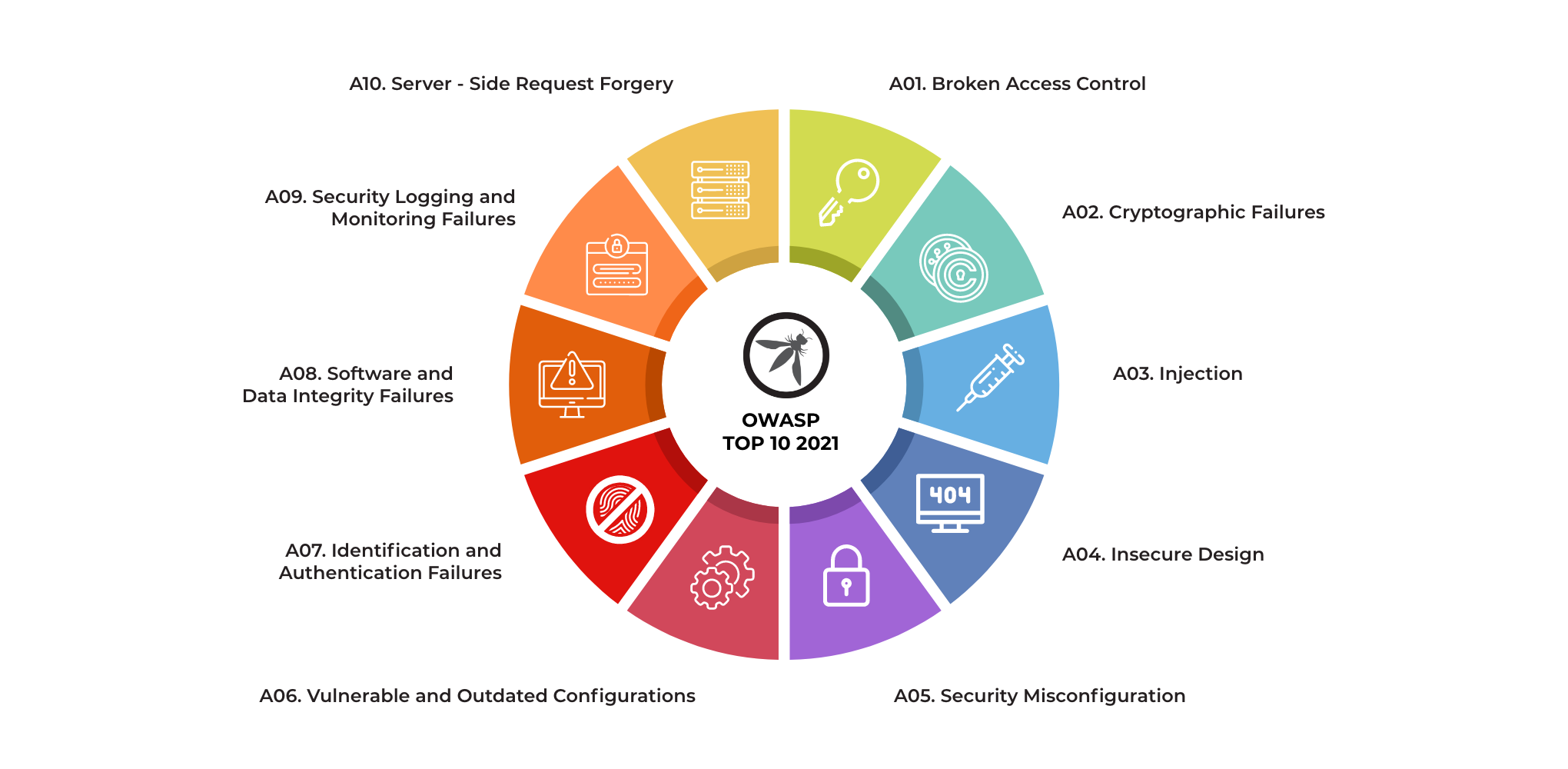Security Slip-ups: Preventing Common Security Vulnerabilities

Executive Summary

Security vulnerabilities are a significant threat to businesses of all sizes. Attackers are constantly looking for ways to exploit these vulnerabilities to gain access to sensitive data, financial information, and other valuable assets. By taking the necessary steps to prevent these vulnerabilities, businesses can significantly reduce their risk of a security breach.

Introduction
In today’s digital world, cybersecurity is more important than ever. Every day, businesses are faced with a barrage of security threats, from phishing attacks and malware to ransomware and data breaches. While it is impossible to completely eliminate all security risks, there are a number of steps that businesses can take to protect themselves from these threats.
FAQs
1. What are the most common security vulnerabilities?
The most common security vulnerabilities include:
- Weak passwords
- Unpatched software
- Misconfigured security settings
- Insecure network configurations
- Phishing attacks
2. What are the consequences of a security breach?
The consequences of a security breach can be severe, including:
- Financial losses
- Reputational damage
- Loss of customer trust
- Legal liability
3. What can businesses do to prevent security breaches?
There are a number of steps that businesses can take to prevent security breaches, including:
- Implementing strong password policies
- Regularly patching software
- Properly configuring security settings
- Implementing secure network configurations
- Training employees on security awareness
Top 5 Subtopics
Weak Passwords
Weak passwords are one of the most common security vulnerabilities. Attackers can easily guess weak passwords, such as “password” or “123456.” To avoid this, businesses should implement strong password policies that require users to create passwords that are at least 8 characters long and contain a mix of upper and lowercase letters, numbers, and symbols.
Unpatched Software
Unpatched software is another common security vulnerability. Attackers can exploit these vulnerabilities to gain access to your systems and data. To avoid this, businesses should regularly patch their software.
Misconfigured Security Settings
Misconfigured security settings can also create security vulnerabilities. To avoid this, businesses should ensure that their security settings are properly configured.
Insecure Network Configurations
Insecure network configurations can also create security vulnerabilities. To avoid this, businesses should implement secure network configurations.
Phishing Attacks
Phishing attacks are a type of social engineering attack in which attackers send emails or text messages that appear to be from a legitimate source. These emails or text messages often contain links to malicious websites that can install malware on your computer or steal your personal information. To avoid this, businesses should train their employees on how to identify and avoid phishing attacks.
Conclusion
Security slip-ups can have serious consequences for businesses. By taking the necessary steps to prevent these vulnerabilities, businesses can significantly reduce their risk of a security breach.
Keyword Tags
- Cybersecurity
- Security vulnerabilities
- Security breaches
- IT security
- Data protection

